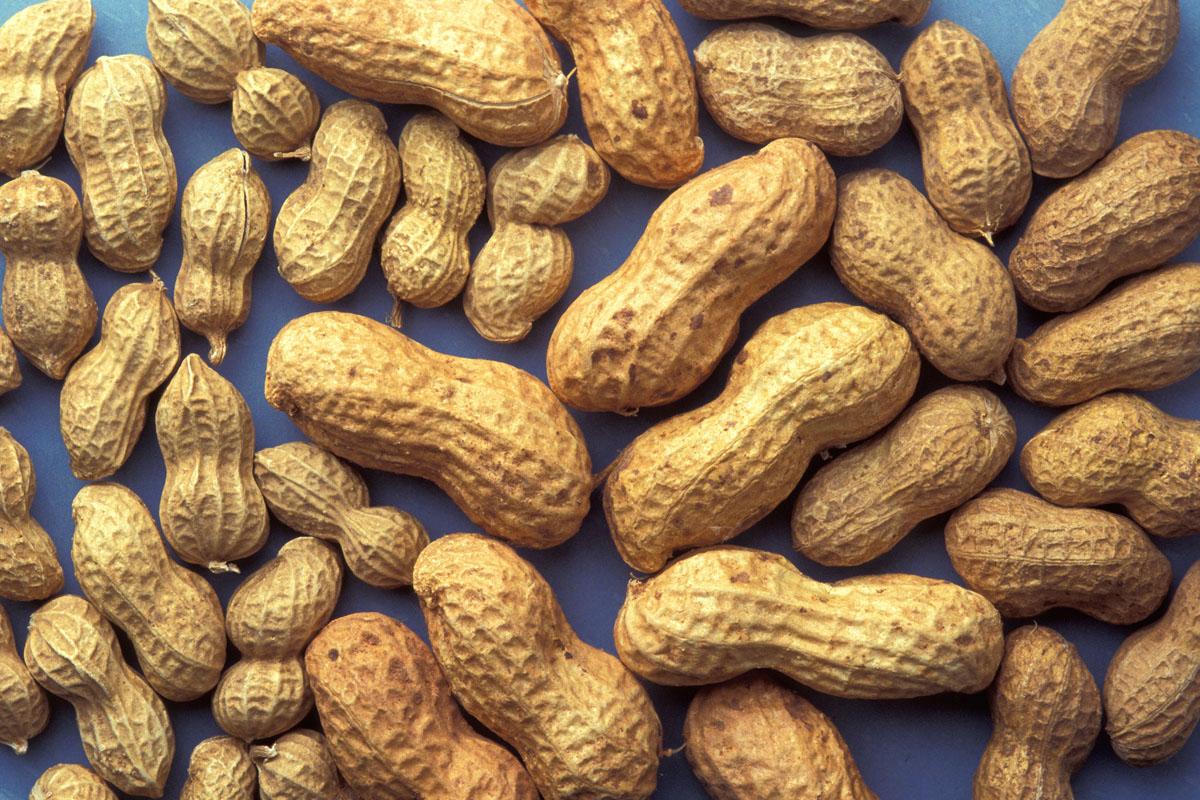Here’s the common advice about peanuts: if you’re allergic, stay away. And there are serious reasons for this guidance; after all, somewhere between one and two percent of Americans have a peanut allergy, and nut allergies are notorious for causing severe, even deadly, reactions.
But new treatments for peanut allergies are on the rise. Allergy shots, helpful if you’re sneezing from pollen or pet hair, aren’t safe or effective in treating food allergies. Then, about a decade ago, doctors began to feed their patients, who were usually children, tiny amounts of peanut flour. The idea was that by gradual exposure to the allergen, patients would build up a tolerance. Evidence indicates this is effective, but only an option if the child is not already allergic. The kids might never be able to eat a full PB & J sandwich, but—hopefully—they could eventually tolerate accidental exposure to a peanut or two.
This method was taken up by the pharmaceutical community. In the fall of 2019, for example, the FDA considered medication that might become the standard treatment for peanut allergies. The capsules contained a controlled amount of peanut protein that could be mixed with food or drink. As time went on, a patient could take larger doses; at six months, one dose would contain the protein equivalent to one peanut.
As such solutions to peanut allergies become public, scientists still have questions. Peanut allergies don’t seem to fully go away, so can a patient ever stop taking medication? What are the long-term effects? Are the treatments possibly dangerous, and are they effective for all patients? With six million children in the US suffering from peanut allergies, researchers hope for more answers.









